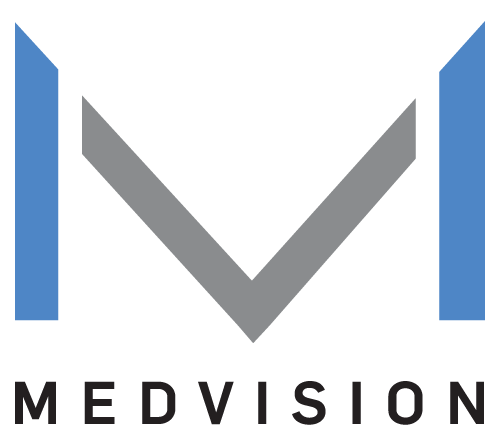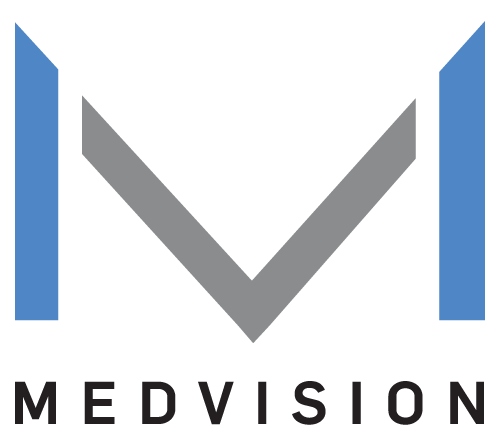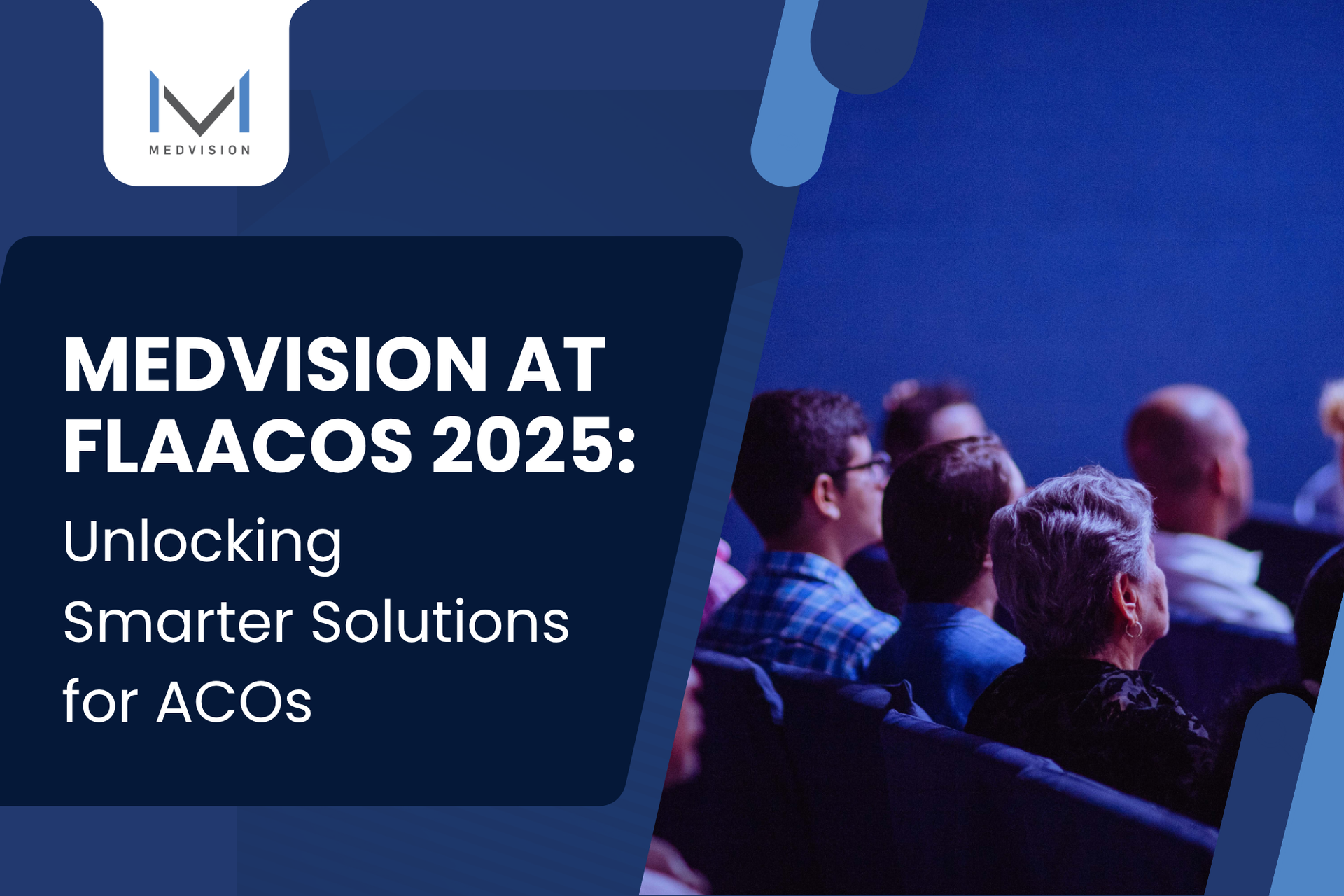The National PACE Association reports that more than 155 organizations manage and operate
over 300 PACE centers nationwide. These centers provide medical care, rehabilitation, social activities, and support services to more than 71,000 participants aged 65 and over.
The increasing prevalence of PACE facilities indicates the growing recognition and demand for community-based care solutions that cater to the unique needs of frail seniors. PACE home health care offers a cost-effective alternative to institutional care and emphasizes a participant-centric approach.
Furthermore, the demographic landscape underscores the importance of programs like PACE. With the number of seniors projected to nearly double from
52 million in 2018 to 95 million by 2060 (Population Reference Bureau), there is an urgent need for innovative care models that address the challenges associated with aging.
Importance of Effective Management Systems
An effective management system is critical for the long-term viability of PACE Programs. Here are several reasons highlighting its value:
Coordination of Multidisciplinary Teams.
PACE involves a multidisciplinary team of healthcare professionals, including doctors, nurses, social workers, therapists, and others. Effective management ensures seamless coordination among these teams to create holistic care plans for each participant.
Compliance with Regulations.
PACE Programs operate within a complex regulatory environment that includes federal, state, and local laws. Effective management involves staying up-to-date with these regulations, encompassing those from the Centers for Medicare & Medicaid Services and other governing bodies. Complying with these rules is crucial as they directly impact the safety and well-being of participants.
Optimal Resource Allocation. PACE assisted living and similar facilities often operate under budget constraints, as they receive a fixed payment per participant from Medicare and Medicaid. An efficient management system helps optimize resource allocation by providing tools for inventory management, staff scheduling, and budget utilization.
Data Management.
PACE facilities deal with significant participant data, including medical records, care plans, and billing information. A robust system facilitates effective data management, accurate record-keeping, and timely reporting. This is essential for maintaining transparency, efficient healthcare claims processing, and regulatory compliance.
Participant Retention. Effective management solutions empower facilities to maintain a participant-centric focus and retain participants in the PACE Program. Through secure communication channels and participant portals linked with the management system, healthcare providers address participant concerns and collect feedback.
Quality Improvement Initiatives.
A comprehensive management system supports implementing quality improvement initiatives, such as monitoring patient outcomes, collecting feedback, and developing healthcare data solutions to enhance the quality of care in the program.
Strategic Planning and Growth.
A management platform is critical in strategic planning and decision-making, particularly in assessing the community's needs, identifying expansion opportunities, and developing
strategies to address emerging challenges in the senior community.
Core Features a PACE Management System Must Have
PACE OS offers a comprehensive software solution for effective management in PACE facilities. The key components of this management system consist of the following:
1. Electronic Health Records (EHR)
Healthcare providers can easily access patient data through PACE OS’s integrated EHR system. This integrated solution enables care coordination among the multidisciplinary team and promotes evidence-based decision-making.
In the PACE setting, the primary care physician uses the EHR to get immediate insights into a patient's medical history, recent diagnostic results, and prescribed medications.
2. Care Management Software
The care management component of
PACE OS has features that simplify PACE home care services. Its functionalities cover managing care plans, tracking participant progress, and coordinating services across healthcare professionals.
A care manager utilizes software to optimize care plans, verify eligibility, and coordinate services among the healthcare professionals involved. This centralized system ensures that the participant receives only well-coordinated care.
3. Quality Improvement Initiatives
Workflow automation, evidence-based guidelines, and advanced data analytics are essential quality features supported by
PACE OS. This system proves advantageous for PACE facilities by enabling them to achieve continuous quality improvement.
The quality assurance team utilizes this management platform's advanced data analytics to track everything from essential performance metrics to outstanding billing claims. By analyzing participant outcomes and adjusting care strategies, the program guarantees its services align with participants’ requirements.
More PACE-Specific Features
In addition to these critical components, PACE OS has specific features that enhance operations, including:
- Reimbursement. The management software supports accurate and timely reimbursement.
- Automation. Workflow automation supports medical claims adjudication, referral processing, and authorization management.
- Formats.
Embedded HIPAA standard EDI formats ensure the privacy of participant health information and regulatory compliance in PACE facilities.
- Reports. Generating reports with advanced claims data analytics and query functionality supports evidence-based decision-making and performance monitoring.
- Dashboards. Customizable dashboards allow PACE facilities to tailor the interface to display essential information and foster decision-making.
Best Practices for Management System Adoption
Assess Program Needs and Objectives
Before selecting a management system, it's essential to assess the program's distinct needs and objectives. Consider factors such as the size of the program, the complexity of services provided, existing workflows, regulatory requirements, and budget constraints.
Evaluate Available Options
Conduct thorough research and evaluate different management systems available in the market. Look for solutions designed explicitly for PACE facilities and offer features like EHR, care management software, claims processing, and PACE-specific functionalities.
Ensure Compatibility and Integration
Choose a management system that integrates seamlessly with existing software and systems, such as billing software, pharmacy systems, and electronic medical records (EMR).
Consider User-Friendliness and Training
Opt for an intuitive management system with a simple interface that is easy for staff members to navigate effectively. Additionally, ensure that the vendor provides comprehensive training and ongoing support to help staff members learn how to optimize healthcare data.
Customization and Flexibility
Look for a management system that offers customization options and flexibility to adapt to the unique needs and workflows of the PACE Program. The system should allow customizable templates, workflows, and reporting capabilities to meet specific requirements and preferences.
Prioritize Data Security and Compliance
Select a management system that prioritizes data security and compliance with healthcare regulations, such as HIPAA. The system should include robust security measures to protect sensitive patient information and ensure compliance for data collection in healthcare.
By following these best practices, PACE organizations can effectively select, implement, and maximize the use of management systems to enhance care coordination, streamline operations, and improve overall outcomes for participants.
Experience the Future of PACE Management
PACE facilities take a holistic and coordinated approach to care, offering seniors significant benefits while managing healthcare costs. By implementing a comprehensive management software solution, healthcare facilities can enhance care coordination, optimize healthcare data management, and ensure regulatory compliance.
MedVision is a technology-driven company that offers solutions to enhance PACE operations. Our PACE OS is a comprehensive management solution that streamlines care coordination, improves operational efficiency, and drives quality improvement with reliable user support.
Contact us for a free consultation and transform your PACE Program.













